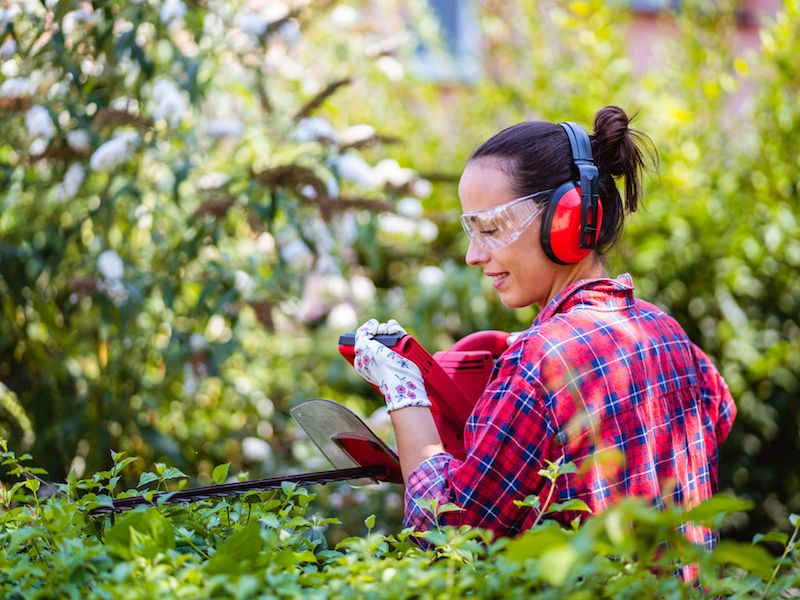
Eating right and safeguarding your hearing have some similarities. It sounds good, but not many of us have a very good idea of where to begin. This is particularly true if you don’t consider your daily environment to be very noisy and there aren’t any noticeable risks to your ears. But your ears and senses can be stressed by daily living, so practicing these hearing protection tips can help preserve your auditory acuity.
If you want to continue to enjoy the sounds around you, you need to do everything you can to impede down the impairment of your hearing.
Tip 1: Hearing Protection You Can Wear
Using ear protection is the most practical and basic way to safeguard your ears. This means taking basic actions to reduce the amount of loud and harmful noises you’re exposed to.
This means that when it’s needed most people will want to use ear protection. Two general forms of protection are available:
- Ear Plugs, which are placed in the ear canal.
- Ear Muffs, which are put over the ears.
Neither form of hearing protection is inherently better than the other. There are benefits to each style. Your choice of hearing protection should, most importantly, feel comfortable.
Tip 2: Know When Sound Becomes Harmful
But
The following threshold is when sound becomes dangerous:
- 95-100 dB: This is about the sound level you’d expect from farm equipment or the normal volume of your earbuds. After around 15-20 minutes this volume of sound becomes hazardous.
- 85 decibels (dB): This level of sound is hazardous after about two hours of exposure. This is the volume of sound you’d expect from a busy city street or your hairdryer.
- Over 100 dB: In this situation, you can damage your hearing very rapidly. Damage is done in about thirty seconds with anything above this limit. For instance, jet engines and rock concerts will injure your hearing in 30 seconds.
Tip 3: Use Your Phone as a Sound Meter
We can take steps to minimize our exposure, now that we have a concept of what levels will be dangerous. But in day to day life, it can be tricky trying to gauge what is too loud and what isn’t.
Your smartphone can now be used as a handy little tool. Sound meter apps exist for every type of smartphone.
Having a dynamic sound meter with you will help you evaluate everything you’re hearing in decibels, so you’ll have a much better understanding of what hazardous levels really sound like in your everyday life.
Tip 4: Be Mindful of Your Volume Settings
A smartphone with earbuds is normally the way people listen to music these days. Your hearing is put in danger with this combination. Over time, earbuds set to a sufficiently high level can cause significant damage to your hearing.
That’s why safeguarding your ears means keeping a focused eye on your volume management. You should not raise the volume in order to drown out sounds elsewhere. in order to make sure that volume doesn’t get too loud, we suggest using volume settings or app settings.
Earbud use can become a negative feedback loop if your hearing starts to wane; you could find yourself consistently raising the volume of your earbuds so that you can make up for your declining hearing, and in the process doing more harm to your ears.
Tip 5: Get Your Hearing Examined
You might think that having a hearing exam is something you do only when your hearing starts to wane. The difficulty is that it’s not always easy to identify a problem in your hearing without a baseline to compare results to.
Scheduling a hearing screening or exam is a great way to obtain data that can be used for both treatment and analytic purposes, ensuring that all of your future hearing (and hearing protection) choices have some added context and information.
Pay Attention to Your Hearing
In an ideal world, protecting your hearing would be something you could do continuously without any difficulty. But challenges are always going to be there. So protect your ears when you can, as often as possible. Also, get regular hearing examinations. Put these suggestions into practice to improve your chances.
